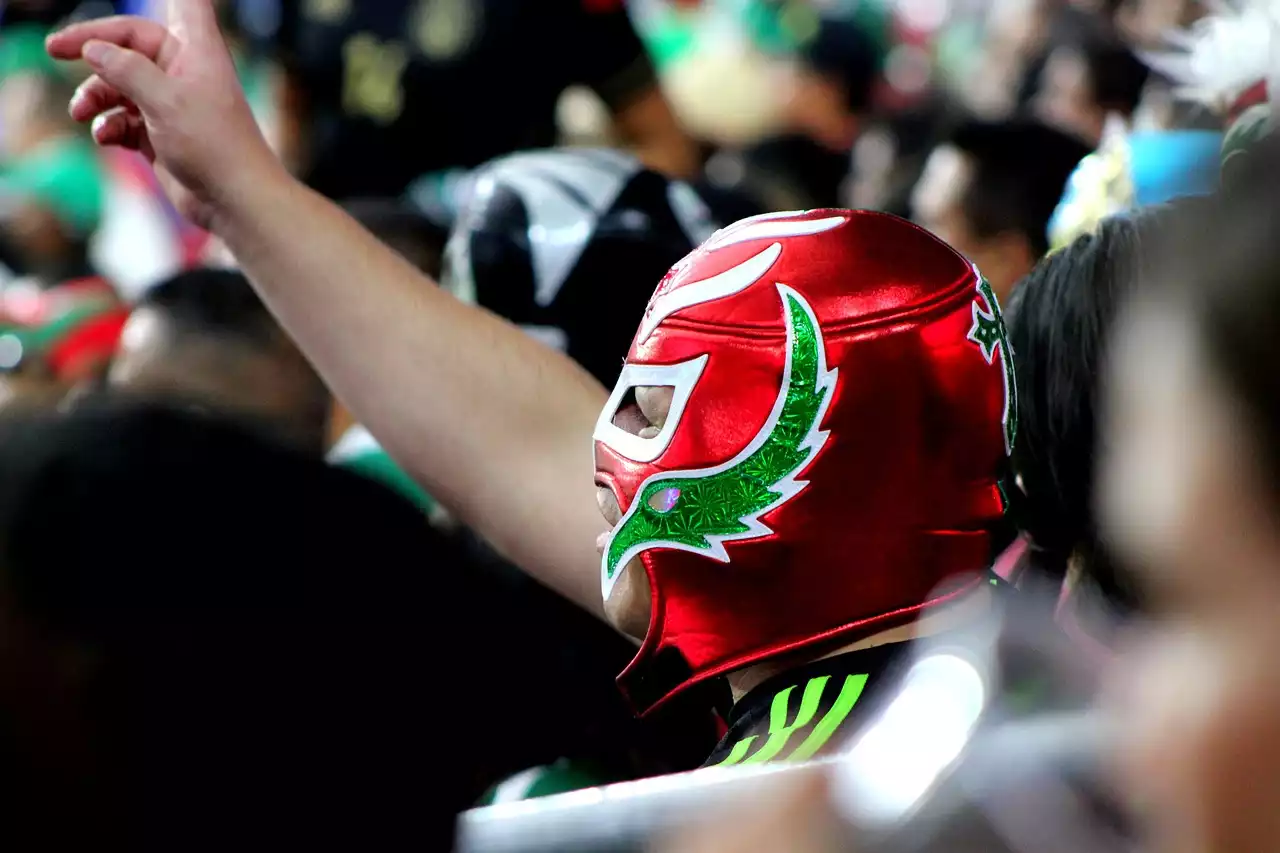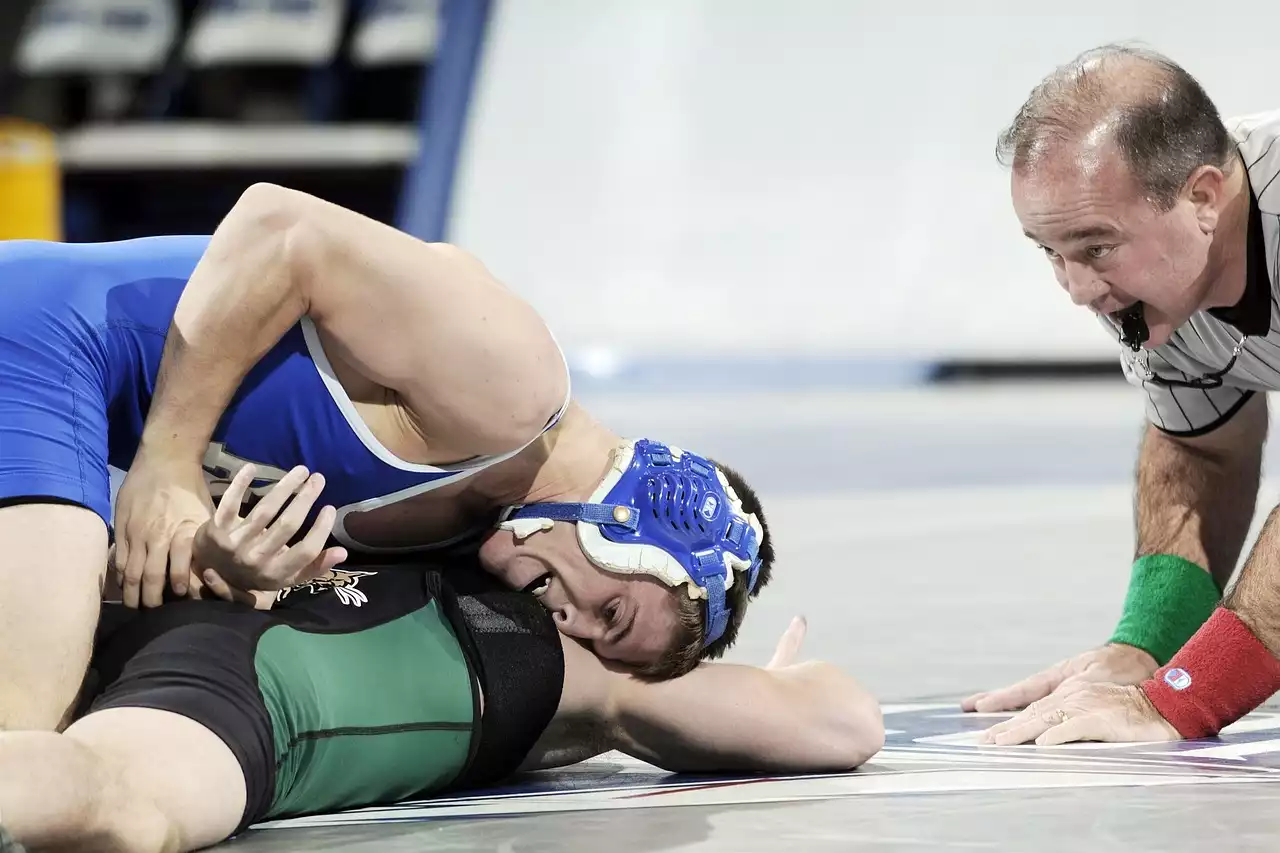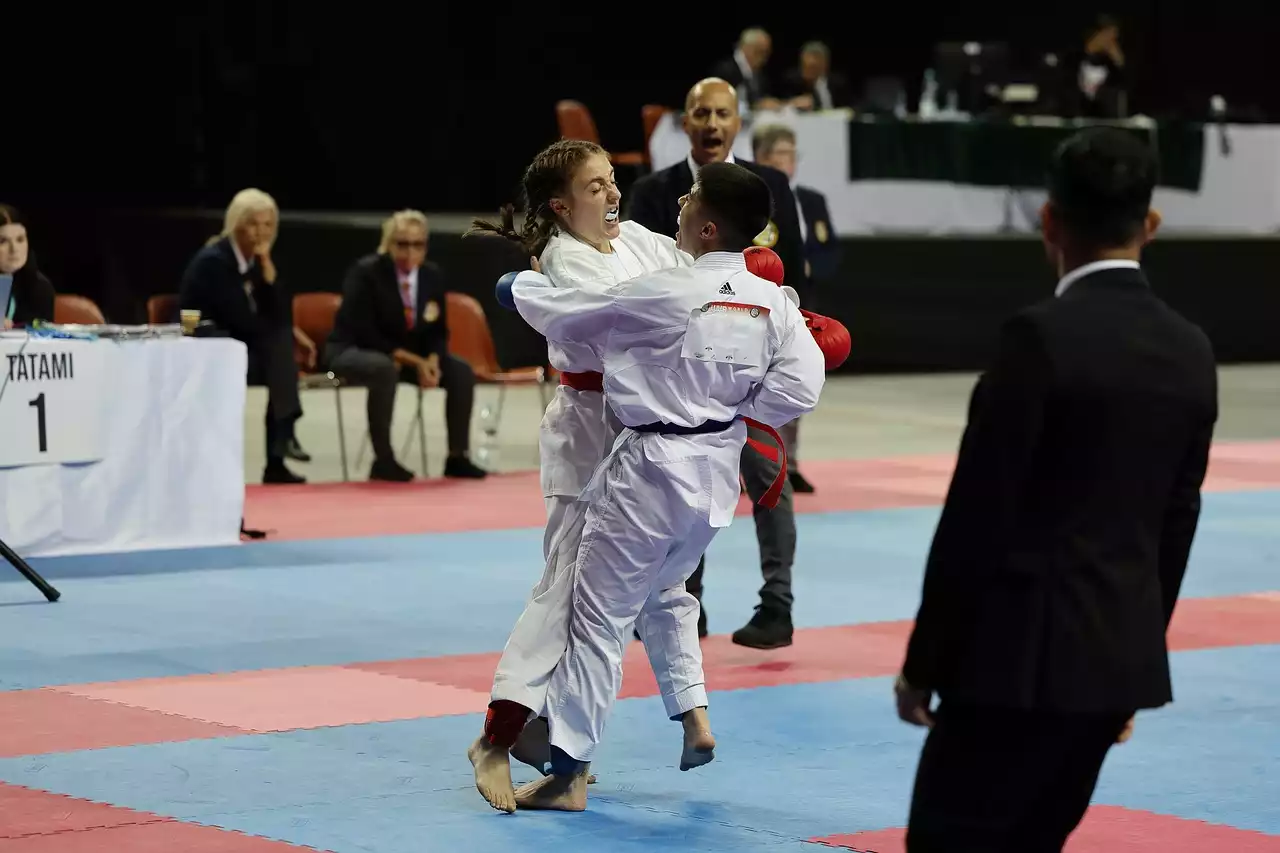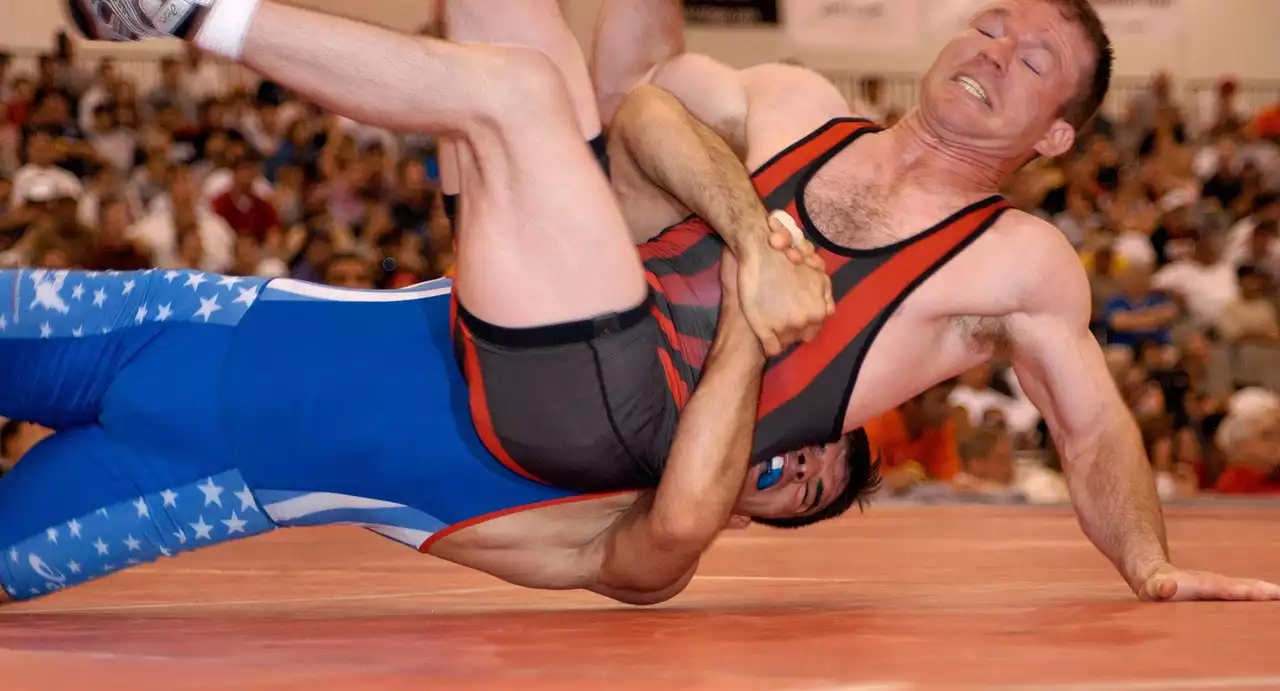George Hackenschmidt - The Russian Lion
George Hackenschmidt, also known as "The Russian Lion," was one of the earliest pioneers of professional wrestling. Born in Estonia in 1877, Hackenschmidt began his athletic career as a weightlifter before transitioning to wrestling. His brute strength and impressive technique quickly made him a force to be reckoned with in the wrestling world, and he soon became one of the sport's biggest stars.
Hackenschmidt's impact on professional wrestling was profound. He was one of the first wrestlers to incorporate weight training into his regimen, which helped him develop the muscular physique that became his trademark. He also introduced a number of innovative wrestling techniques, including the bear hug and the double wrist lock, that are still used by wrestlers today.
In addition to his in-ring prowess, Hackenschmidt was also a savvy businessman. He was one of the first wrestlers to recognize the potential of professional wrestling as a form of entertainment, and he often performed in front of sold-out crowds. His popularity helped to establish professional wrestling as a legitimate form of entertainment, paving the way for future generations of wrestlers to follow in his footsteps.
Frank Gotch - The American Champion
Frank Gotch was one of the most dominant wrestlers of his time, and he is widely regarded as one of the greatest wrestlers of all time. Born in Iowa in 1878, Gotch began his wrestling career in the early 1900s and quickly made a name for himself as a fierce competitor.
Gotch's wrestling style was heavily influenced by his background in catch wrestling, which emphasized submissions and grappling techniques. He also had a reputation for being a fierce competitor who would stop at nothing to win. His legendary match against George Hackenschmidt in 1908, which he won by submission, solidified his status as one of the top wrestlers of his era.
But Gotch's impact on professional wrestling extended far beyond his in-ring accomplishments. He was one of the first wrestlers to embrace the idea of professional wrestling as a form of entertainment, and he often incorporated dramatic storylines and gimmicks into his matches. His charisma and showmanship helped to attract new fans to the sport and establish professional wrestling as a legitimate form of entertainment.
Ed "Strangler" Lewis - The Master of Catch Wrestling
Ed "Strangler" Lewis was one of the most dominant wrestlers of the 1920s and 1930s. Born in Wisconsin in 1891, Lewis began his wrestling career in the early 1910s and quickly became known for his exceptional grappling skills.
Lewis was a master of catch wrestling, a style that emphasized submissions and holds. He was particularly known for his ability to apply the headlock, which earned him the nickname "The Strangler." His technical prowess and fierce competitiveness made him one of the most feared wrestlers of his time.
But Lewis's impact on professional wrestling extended far beyond his in-ring accomplishments. He was one of the first wrestlers to recognize the potential of professional wrestling as a form of entertainment, and he often incorporated dramatic storylines and gimmicks into his matches. His innovations helped to establish professional wrestling as a legitimate form of entertainment and paved the way for future generations of wrestlers to follow in his footsteps.
Lou Thesz - The Innovator of Modern Professional Wrestling
Lou Thesz is widely regarded as one of the greatest wrestlers of all time. Born in Missouri in 1916, Thesz began his wrestling career in the 1930s and quickly made a name for himself as a fierce competitor.
Thesz's wrestling style was heavily influenced by his background in catch wrestling, which emphasized submissions and grappling techniques. He was particularly known for his ability to apply the powerbomb, which became one of his signature moves. Thesz's technical prowess and in-ring skills made him one of the most respected wrestlers of his time.
But Thesz's impact on professional wrestling extended far beyond his in-ring accomplishments. He was one of the first wrestlers to recognize the importance of storytelling in professional wrestling, and he often incorporated dramatic storylines and gimmicks into his matches. He also played a key role in the development of modern professional wrestling, helping to establish many of the conventions and rules that are still used in the sport today.
Gorgeous George - The Father of Sports Entertainment
Gorgeous George was one of the most flamboyant and charismatic wrestlers of all time. Born in Nebraska in 1915, George began his wrestling career in the 1930s and quickly made a name for himself as a showman.
George's impact on professional wrestling was profound. He was one of the first wrestlers to recognize the importance of showmanship and theatrics in the sport, and he often incorporated elaborate costumes and entrances into his matches. His flamboyant persona and larger-than-life personality helped to attract new fans to the sport and establish professional wrestling as a legitimate form of entertainment.
But George's impact on professional wrestling extended far beyond his in-ring accomplishments. He was a master of promotion and marketing, and he often used his celebrity status to promote his matches and merchandise. He was also one of the first wrestlers to incorporate television into his marketing strategy, paving the way for future generations of wrestlers to reach wider audiences through the medium of television.
The Impact of These Pioneers on Professional Wrestling
The impact of these pioneers on professional wrestling cannot be overstated. They revolutionized the industry by introducing new techniques, creating memorable personas, and pushing the boundaries of what was considered acceptable in the ring. They helped to establish professional wrestling as a legitimate form of entertainment and paved the way for future generations of wrestlers to follow in their footsteps.
The innovations of these pioneers have also had a lasting impact on the sport. Many of the techniques and moves that they introduced are still used by wrestlers today, and their emphasis on showmanship and storytelling has become a staple of modern professional wrestling.
Evolution of Professional Wrestling Post-Pioneers
After the pioneers of professional wrestling, the sport continued to evolve and adapt to changing times. The 1950s and 1960s saw the rise of larger-than-life characters like The Crusher and Andre the Giant, while the 1970s and 1980s saw the emergence of superstars like Hulk Hogan and Ric Flair.
The 1990s and 2000s saw the rise of the Attitude Era, which was characterized by edgier storylines and more adult-oriented content. And in recent years, professional wrestling has continued to evolve, with new stars like John Cena and Roman Reigns carrying on the legacy of the pioneers of the sport.
The Legacy of the Pioneers
The legacy of the pioneers of professional wrestling is one of innovation, creativity, and entertainment. They transformed the sport into the spectacle that we know and love today, introducing new techniques, creating memorable personas, and pushing the boundaries of what was considered acceptable in the ring.
Their impact on professional wrestling can still be felt today, with many of their innovations and techniques still being used by wrestlers around the world. And their emphasis on showmanship and storytelling has become a staple of modern professional wrestling, helping to attract new fans to the sport and establish it as a legitimate form of entertainment.









